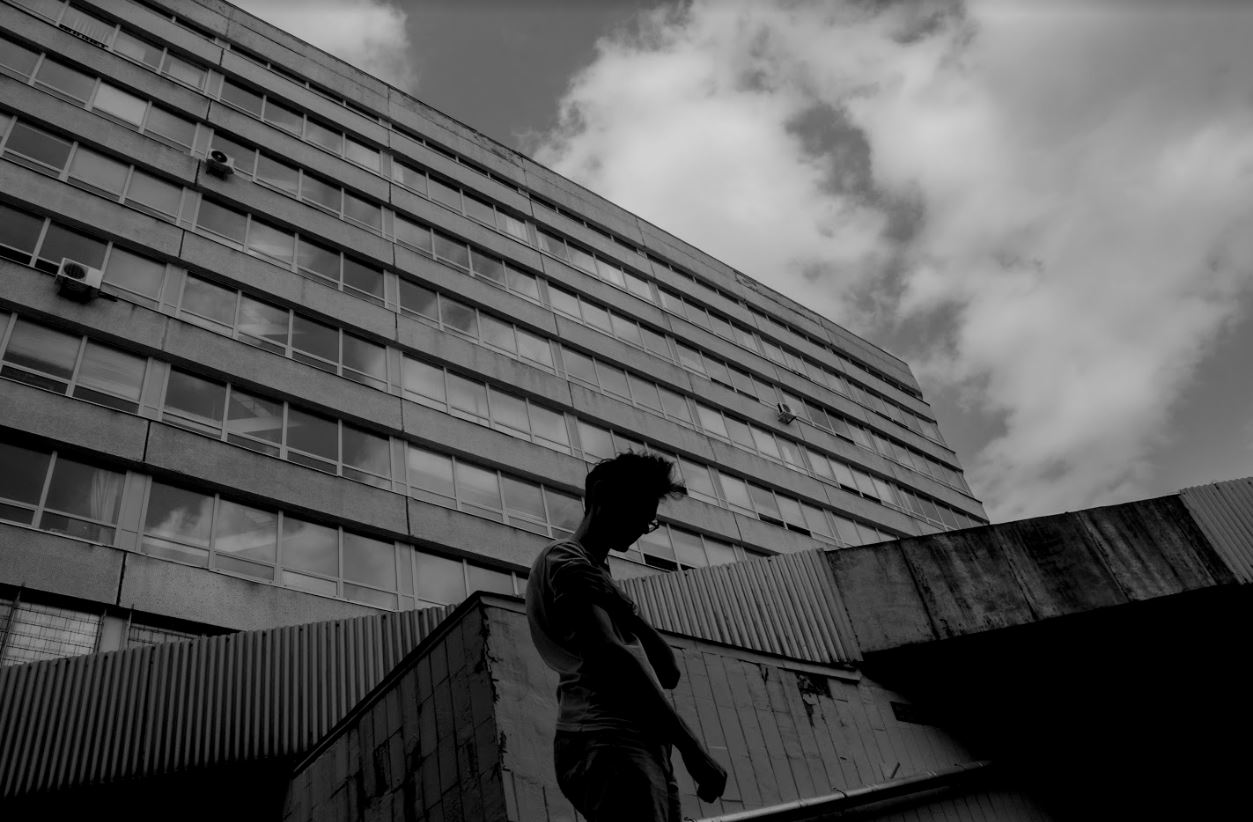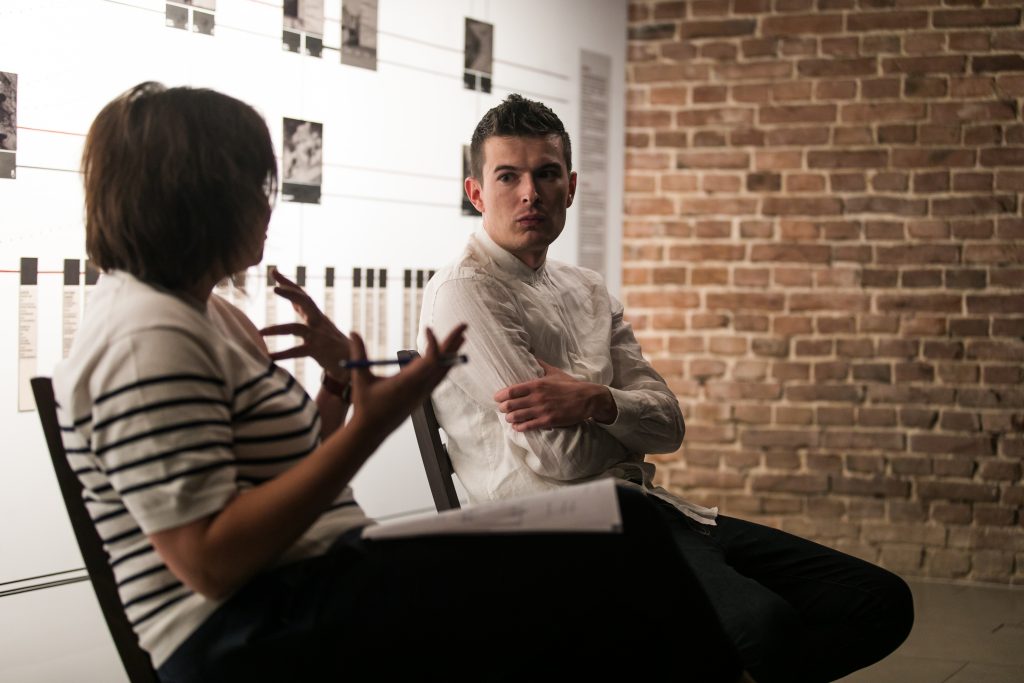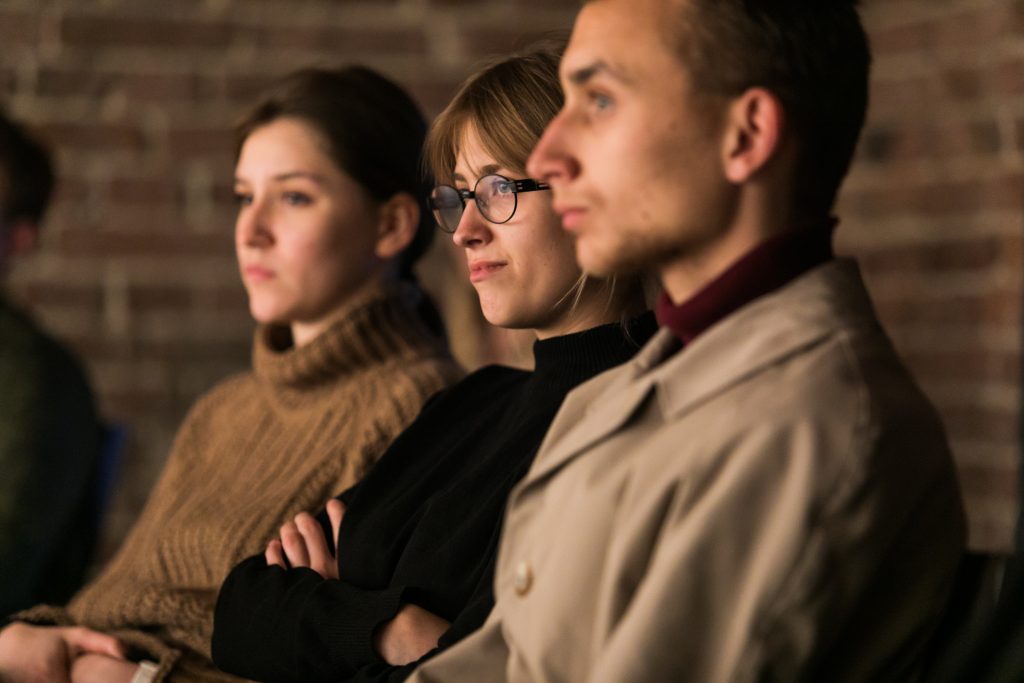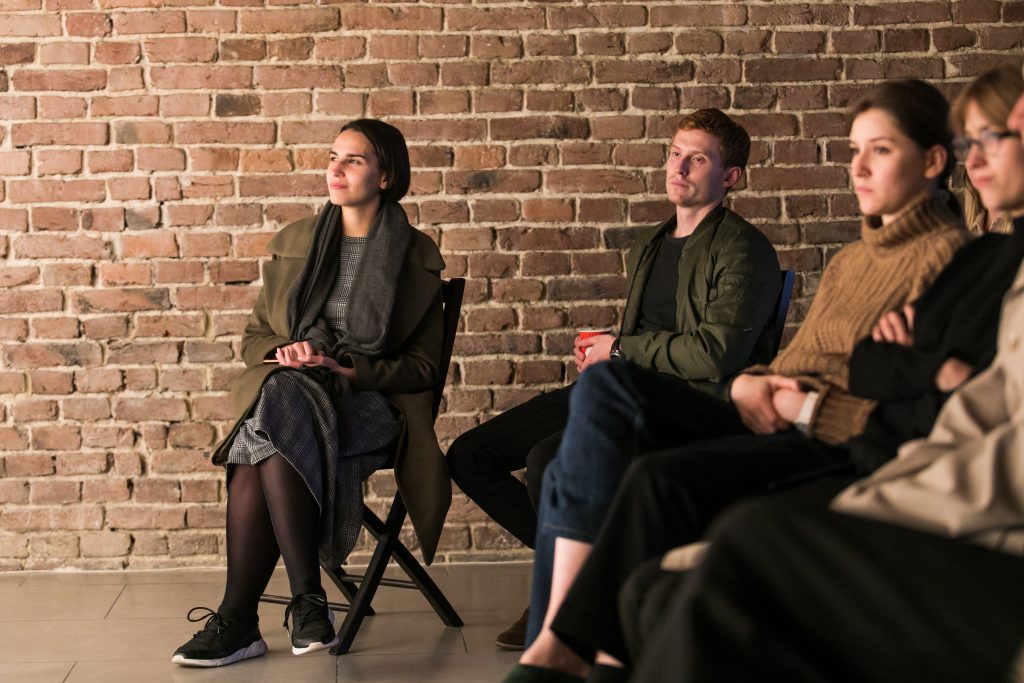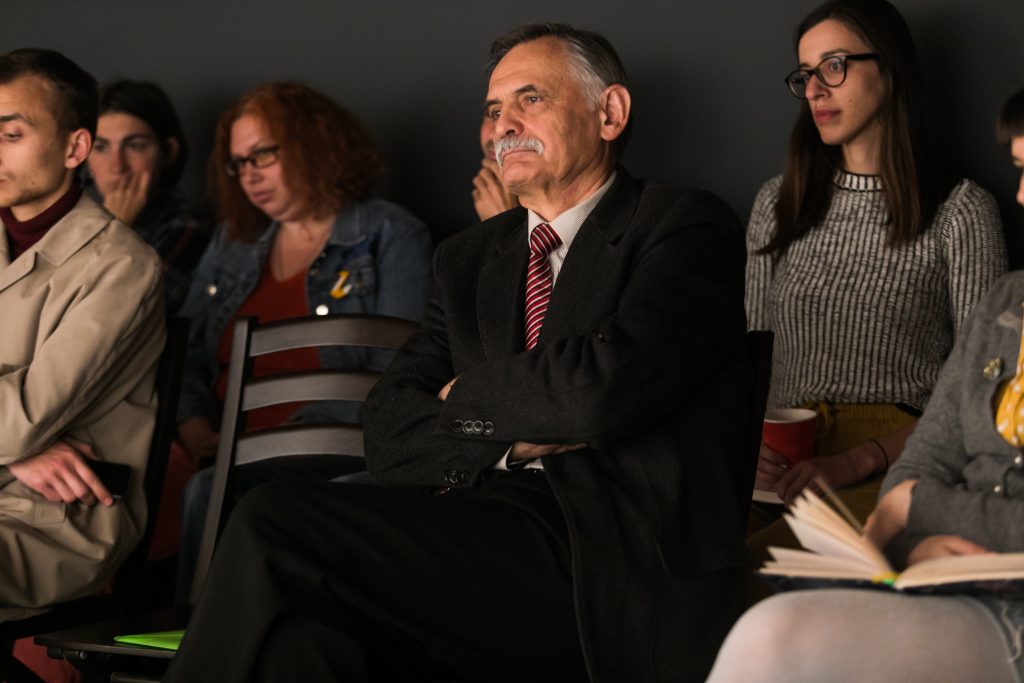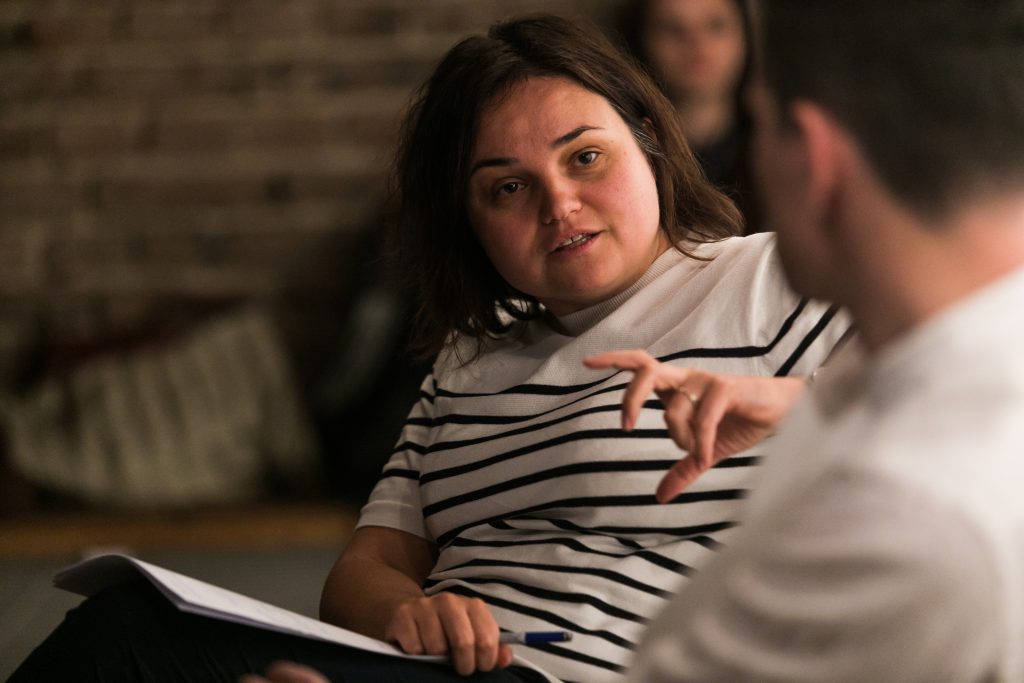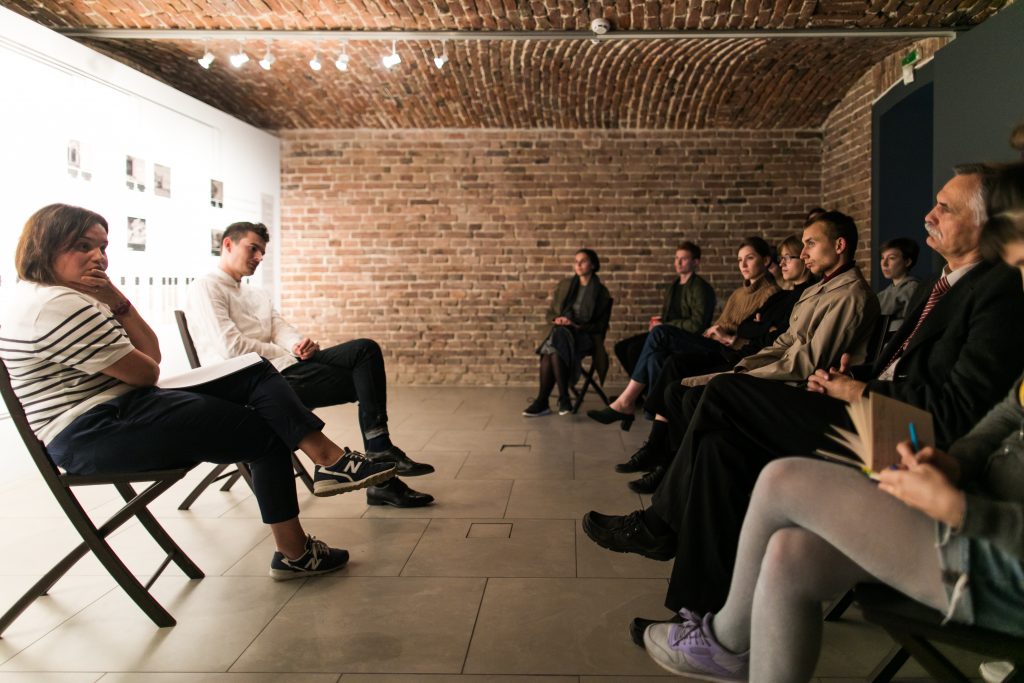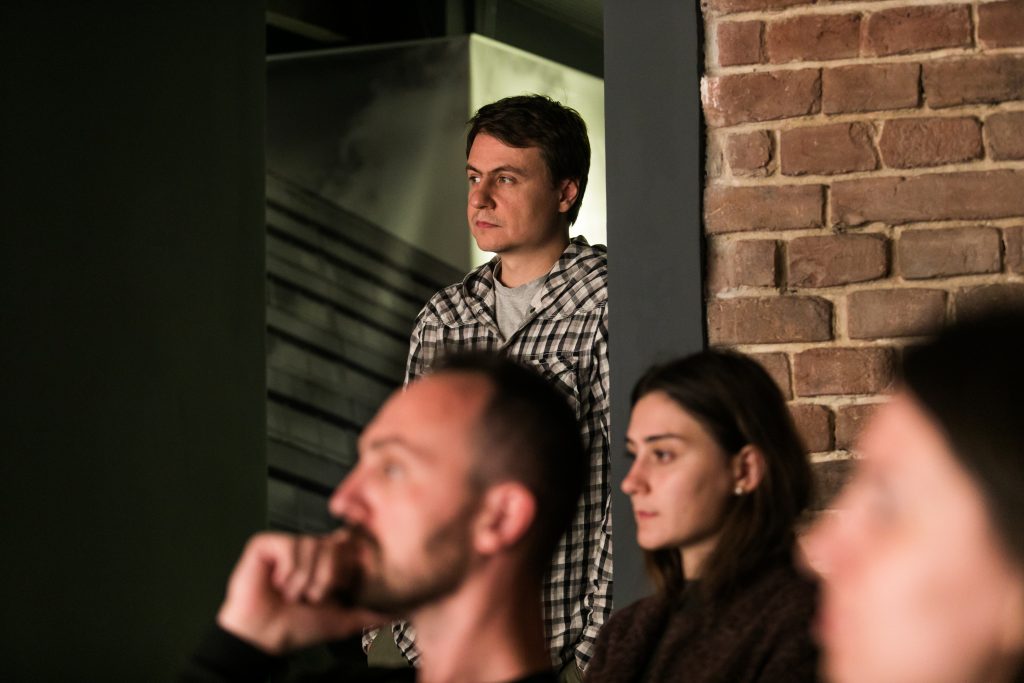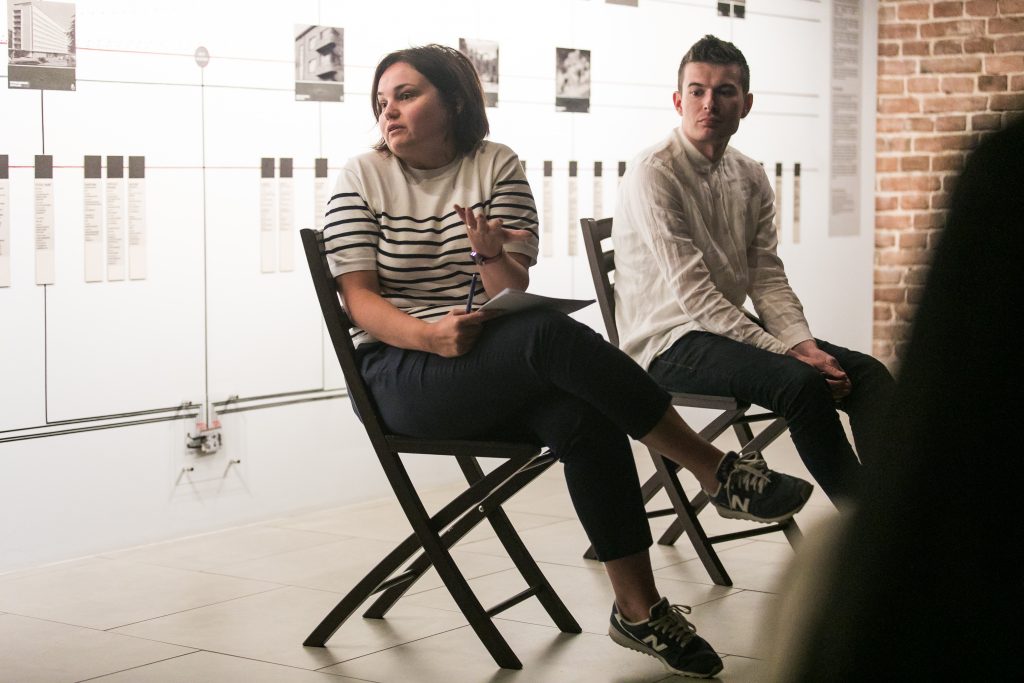Architecture (a)political: on Soviet and Modern Discussions Around
15.10.2019, 18:30
Center for Urban History, Lviv
Soviet architectural practices are some of the best known and radical examples of intertwined architectural, political, ideological, and public facets. Since it is impossible to separate them, it preconditions its totality. However, even in other political contexts, it is difficult to talk about architecture beyond politics. Whereas the analysis of architectural forms can try to focus on aesthetics only, on the contrary, in order to understand architectural practices, it is critical to consider political and social contexts. It might even be claimed that whatever the contexts, architecture is political, even though in different respects. Even the declarations or expectations of being "apolitical" in architecture can be treated as the reflection of our/other political bias.
In this talk, we shall consider not only how the political manifests itself in the implementation of architectural projects but also how different perceptions of the political are shaped through the interpretation of architecture. We shall focus on modern discussions around architecture of postwar decades in Soviet Ukraine. In Lviv, for instance, over half of the urban fabric was built in that period. In terms of stylistics and politics, they differentiate between the "Stalinist" and "post-Stalinist", "social-realist" and "Modernist", "totalitarian" and the architecture of the "thaw" period. The definitions imply various emotional and ideological distances, and divisions into more or less acceptable, "closer" and "more remote". We can see the distances in attempts to use certain political steps, decisions, or laws to dissociate oneself from the recent past at large. However, they can also be noticed in attempts to preserve Soviet architecture, including also through its retrospect and problematic apolitization.
The discussion of experiences of implementing two projects focused on different architectural designs involving Anatoliy Konsulow will be a chance to reflect upon how the periods are defined and assessed; how and why the links are developed between them, or on the contrary, those may be the distances and gaps? What are the factors for contemporary attitudes and approaches to legacy of the Soviet period, and to buildings we still live in, and we are still often surrounded by. Why Soviet architecture has most of appeals to its Modernist parts, and how the hierarchies in evaluation of Modernisms of different periods are shaped, particularly in Lviv? On the other hand, can the research and work with experiences of Soviet architecture help in current discussions on relating political and architectural, on the social role and responsibility in architectural practices, which results will surround us?
The talk will involve the authors of the works resulting from the workshop and included in the same-name exhibition "Phototecture of Modernism" – Myroslava Liakhovych, Volodymyr Paliy, and Sofia Dyak, director of the Center for Urban History.
About authors:
Myroslava Liakhovych
a journalist, a photographer. She founded her own media project “Lviv. Architecture of Modernism”. She is author of photographs for the “Lviv Interactive” project at the Center for Urban History. Editor of the news programs on “Channel 24”. Researcher, photographer in “Ya Gallery”.
Volodymyr Paliy
an architect, participant of the urban initiative “Group 109”. Cofounder and architect in chief in the studio “ROOM 66 Architecture Studio”.
The meeting is a continuation of a series of monthly talks at the exhibition where we have discussions with authors, researchers of architecture, historians, and visitors to reflect on the exhibition and its specific topics, and broader on heritage of Soviet modernism in present-day Lviv. The meetings take place as part of the exhibition "Phototecture of Modernism".
Credits
Cover Image: Myroslava Liakhovych
Image Gallery by Iryna Sereda
